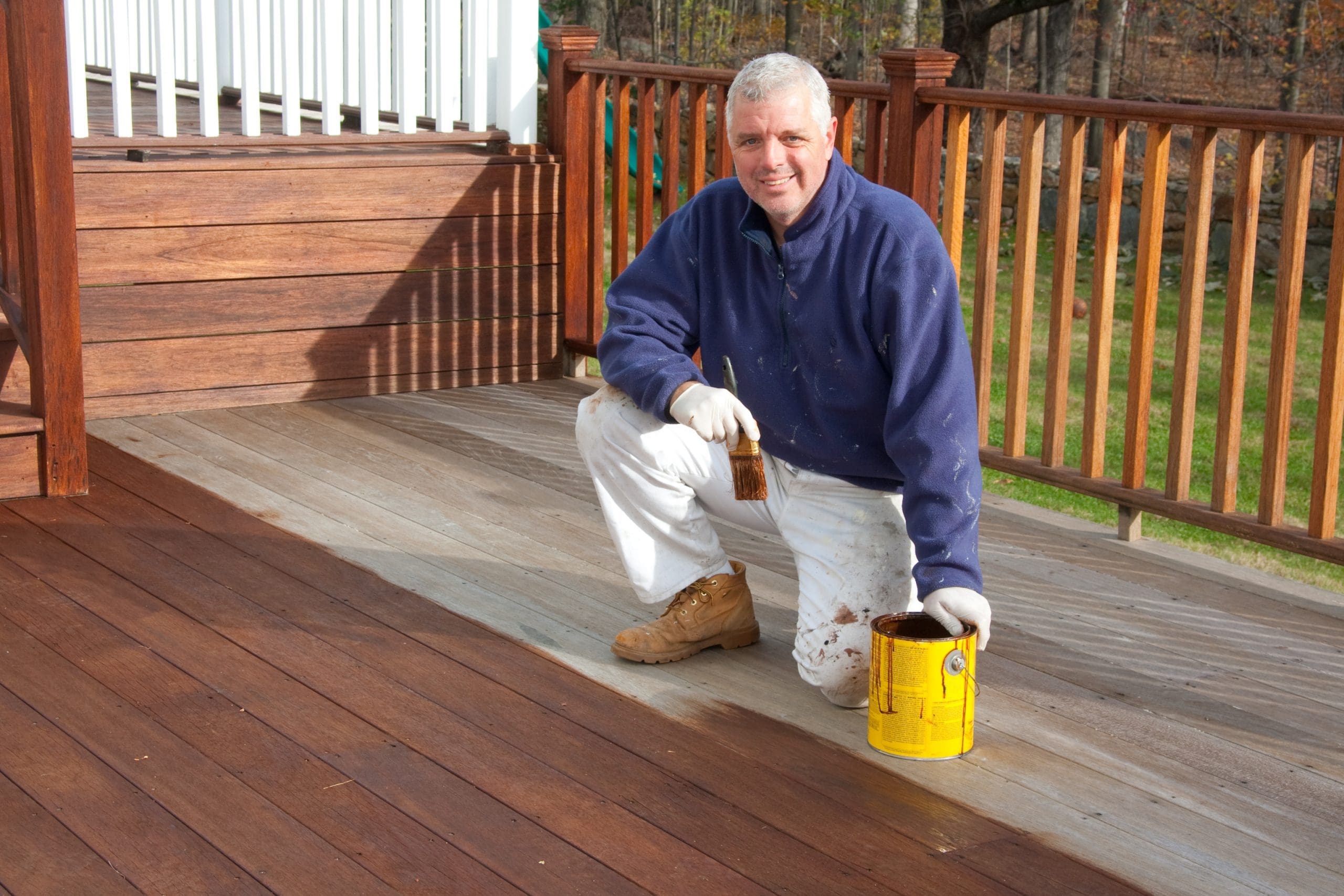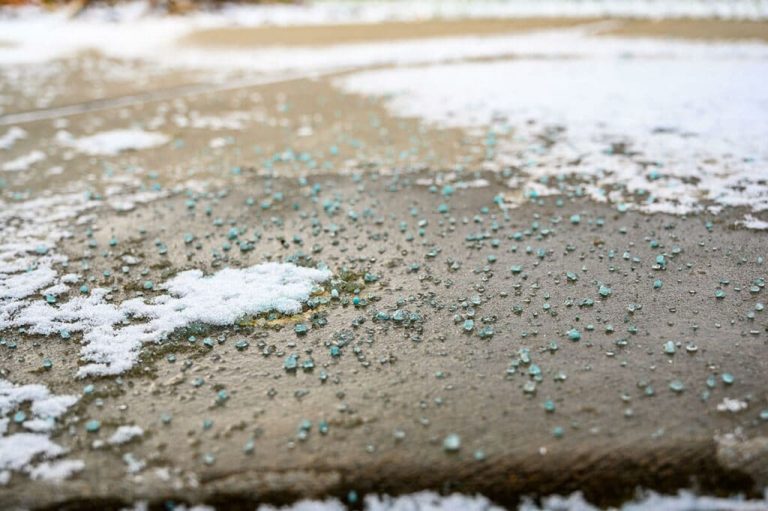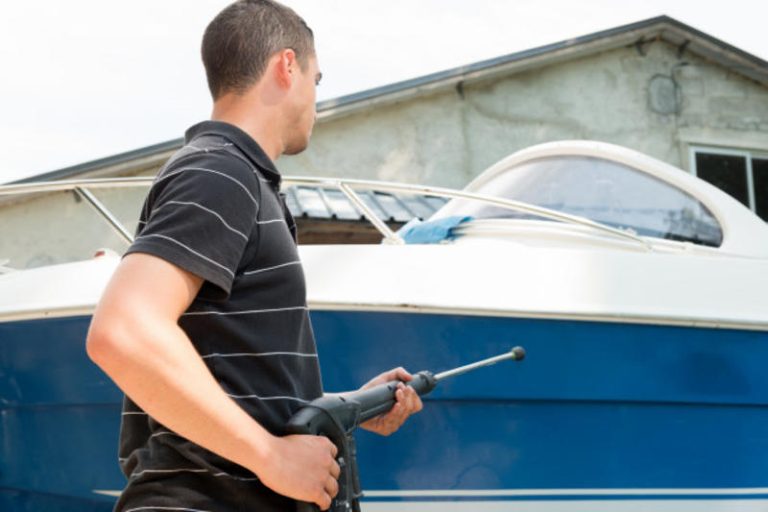
After you’ve spent hours blasting away dirt, grime, and mildew with your power washer, your surfaces look fresh and renewed. But then comes a common follow-up question: Should I seal the surface now that it’s clean?
In many cases, yes—sealing is a smart move. It helps protect your newly cleaned surfaces, extends their life, and keeps them looking sharp longer. But not every surface needs sealing, and not every sealant works for every material.
Let’s walk through when and why you should seal after power washing—and how to do it right. 🧽🔧
🧱 Why Sealing Matters
Cleaning a surface with a power washer opens its pores—especially for porous materials like:
- Concrete
- Brick
- Wood
- Natural stone
- Pavers
Once these surfaces are exposed, they’re more vulnerable to moisture, UV rays, dirt, algae, and even oil stains. Sealing creates a protective barrier that locks in the clean and fends off future buildup.
✅ Surfaces That Benefit from Sealing
- Concrete Driveways and Sidewalks
- Prevents water absorption and freeze/thaw damage
- Blocks oil and grease from soaking in
- Keeps salt and de-icing chemicals from degrading the surface
- Wood Decks and Fences
- Guards against rot and mildew
- Blocks UV rays that fade and dry out the wood
- Helps maintain color and texture
- Paver Patios and Walkways
- Keeps weeds and moss from growing in joints
- Locks in sand between bricks
- Prevents erosion and fading
- Brick and Stone Walls
- Reduces moisture intrusion
- Prevents efflorescence (white mineral buildup)
- Helps prevent cracking during freeze cycles
🧴 Types of Sealers
Choosing the right sealer depends on the surface and desired finish:
- Penetrating Sealers:
Absorb into the material for long-lasting protection without changing the look. Great for driveways and natural stone. - Film-Forming Sealers (Acrylic or Epoxy):
Create a visible coating with a glossy or matte finish. Often used on decorative concrete and stamped surfaces. - Oil-Based vs. Water-Based:
- Oil-based: Deeper penetration, often better for wood
- Water-based: Easier cleanup, quicker drying time
🌟 Pro tip: Always choose a UV-stable, mildew-resistant product for outdoor use.
Browse Amazon Here For Top Rated Power Washers And Accessories
🕓 When to Seal After Power Washing
Timing matters! Power washing leaves surfaces damp—even if they feel dry to the touch.
- For concrete and pavers, wait 24–48 hours
- For wood surfaces, wait 48–72 hours or longer, depending on humidity
- Avoid sealing in direct sunlight or extreme temperatures
Use a moisture meter for wood if you’re unsure—it should read 12% or less before sealing.
🧰 How to Apply Sealer (Basic Steps)
- Clean thoroughly (you’ve already done that!)
- Let the surface dry completely
- Apply with a roller, sprayer, or brush
- Let it cure (follow manufacturer’s instructions—some take hours, others a full day)
- Avoid foot traffic or rain until fully dry
💡 Don’t overapply—too much sealer can lead to bubbling, hazing, or slipperiness.
❌ Surfaces That Don’t Need Sealing
Not every material needs to be sealed:
- Vinyl siding
- Composite decking
- Metal fences or doors
- Plastic furniture
These surfaces either resist moisture naturally or don’t benefit from sealers.
✅ Final Thoughts
Power washing gives your surfaces a fresh start. Sealing helps lock in that clean and extend the lifespan of your investment. If you’ve put in the time to wash it, sealing is often the smart finishing touch.
Think of it like waxing your car after a wash—it keeps things cleaner, longer, and looking sharp. 🔒🧽🏡
Browse Amazon Here For Top Rated Power Washers And Accessories






